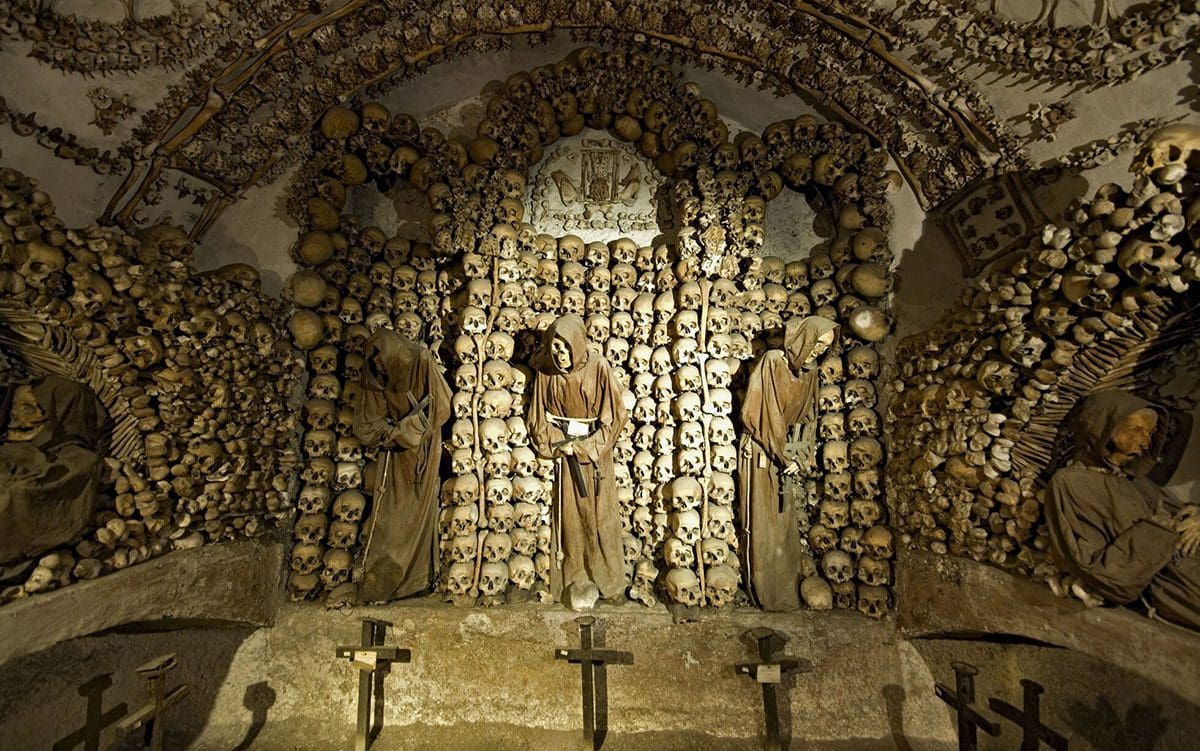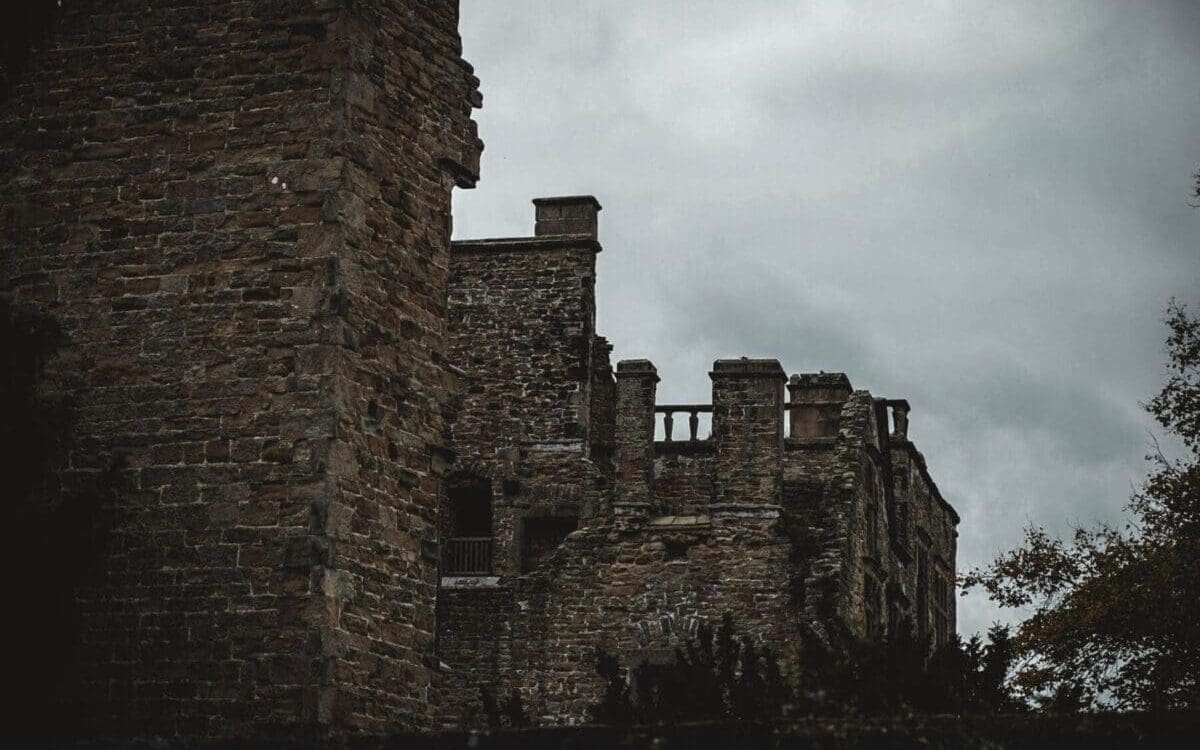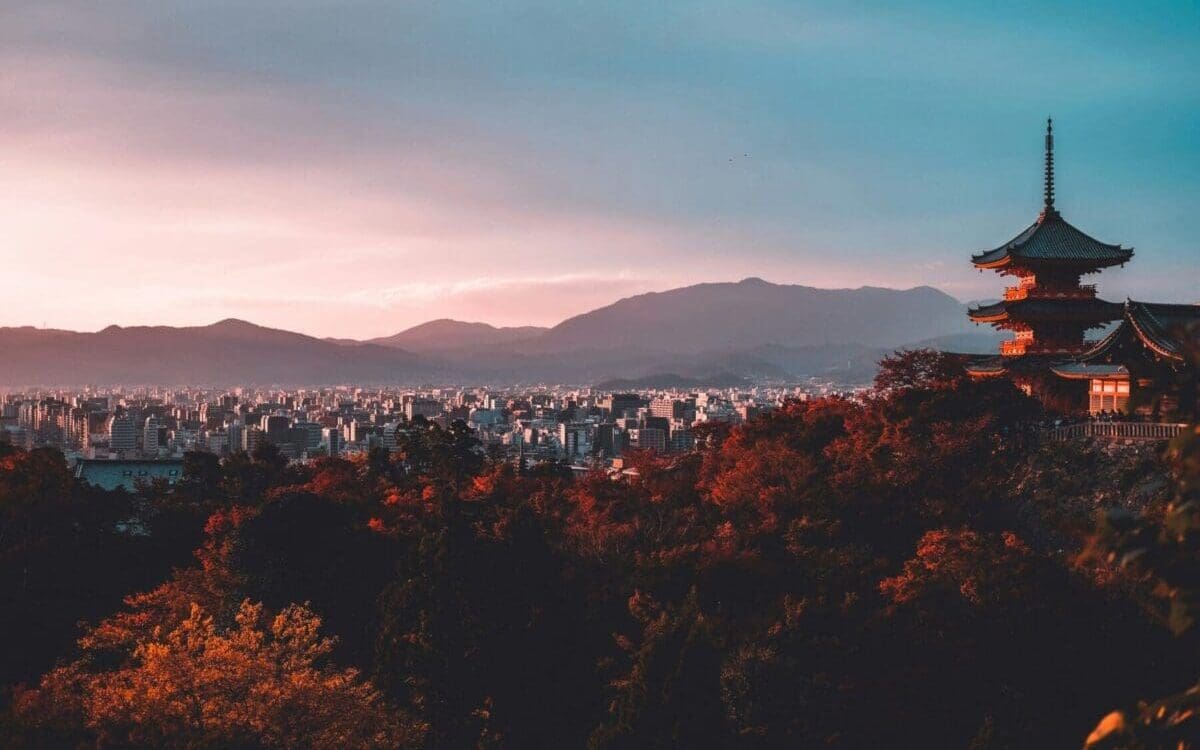The Mystery of the Capuchin Crypt in Rome
Are you someone who is drawn to historical curiosities and tales that make you ponder the grand themes of life and death? The Capuchin Crypt in Rome is not your average ancient site. Intriguing, if not unsettling, it stands as a reminder of our ephemeral existence. With its walls adorned entirely with human bones, the crypt is both a captivating spectacle and a solemn location for those who seek to contemplate mortality. Here, we unravel the enigmatic history and deeper meaning of this unique display of human remains.
The Silent Tale Told by Bones
Tucked beneath the Church of Santa Maria della Concezione dei Cappuccini, the Capuchin Crypt is a testament to the Capuchin order’s belief in the transience of life. This small chamber houses the remains of over 3,700 Capuchin friars, arranged to decorate the space with eerie precision. To the outside observer, it’s a display that flirts with the macabre. But to the Capuchins, it’s an art form that underscores a solemn message about the fleeting nature of human existence and the pursuit of the divine.
This striking morbid art, consisting of five chapels crafted with bone, has drawn scholars, artists, and the morbidly curious for centuries. Each structure within the crypt offers a subliminal narrative, emphasizing that death is the great equalizer, reducing all to skeletal remains— whether they were pauper or popes.
Ready to explore the mystery? Start planning the experience of a lifetime HERE!
To keep up with our blog and other Mysterious Adventures offers, sign up for our newsletter HERE!
Unveiling the Past
The construction of the crypt dates back to the 16th century, during the establishment of the Capuchin order in Rome. An influx of burials outgrew the Church’s cemetery, compelling the friars to expand their resting places underground. However, it was not until the generational shift in the 17th century that the remains were meticulously arranged to form the bone mosaic seen today.
While many visitors are drawn to the crypt by the rumor of housing the bones of famous artists and writers, the truth is humbler. Only members of the Capuchin order rest here, nameless but for the collective meaning in their solemn display.
A Beacon for Pop Culture
In recent years, the Capuchin Crypt has transcended its silent sanctity to become a muse and scene-stealer in popular media. Dan Brown’s ‘Angels and Demons’ and the iconic TV series ‘Rome’ have etched its image into the global narrative. Yet, it is important to recognize that this ancient site and its chilling art are more than a backdrop for suspenseful fiction; they are enduring symbols of mystery and contemplation.
A Tourist Attraction with Depth
A visit to the Capuchin Crypt is a unique and thought-provoking experience. Though the prospect of descending into a chamber made of bones may unsettle, it is also an encounter with history, art, and the very nature of existence. It is a pilgrimage open to interpretation, allowing each visitor to sift through the remnants of life and craft their own philosophy.
The Capuchin Crypt stands as a harrowing and beautiful reminder that our time is fleeting and that mortality, in all its dread, can be woven into some of the most evocative creations of humankind.
For those who seek the unusual and the philosophical, the Capuchin Crypt is an unmissable destination in the Eternal City, where the past, present, and future converge in a silent testimony to life’s grander mysteries.
Embark on a spine-tingling 10-day journey through Prague and the Czech Republic’s haunted realms.
Traverse Prague’s eerie side on a guided walking tour, then explore Terezin Concentration Camp and the legendary Houska Castle. Discover Loket Castle’s haunted past and Karlovy Vary’s rumored supernatural occurrences before concluding your haunting journey at Vysehrad Fortress. Prepare to uncover ancient mysteries and supernatural tales on this unforgettable adventure.







